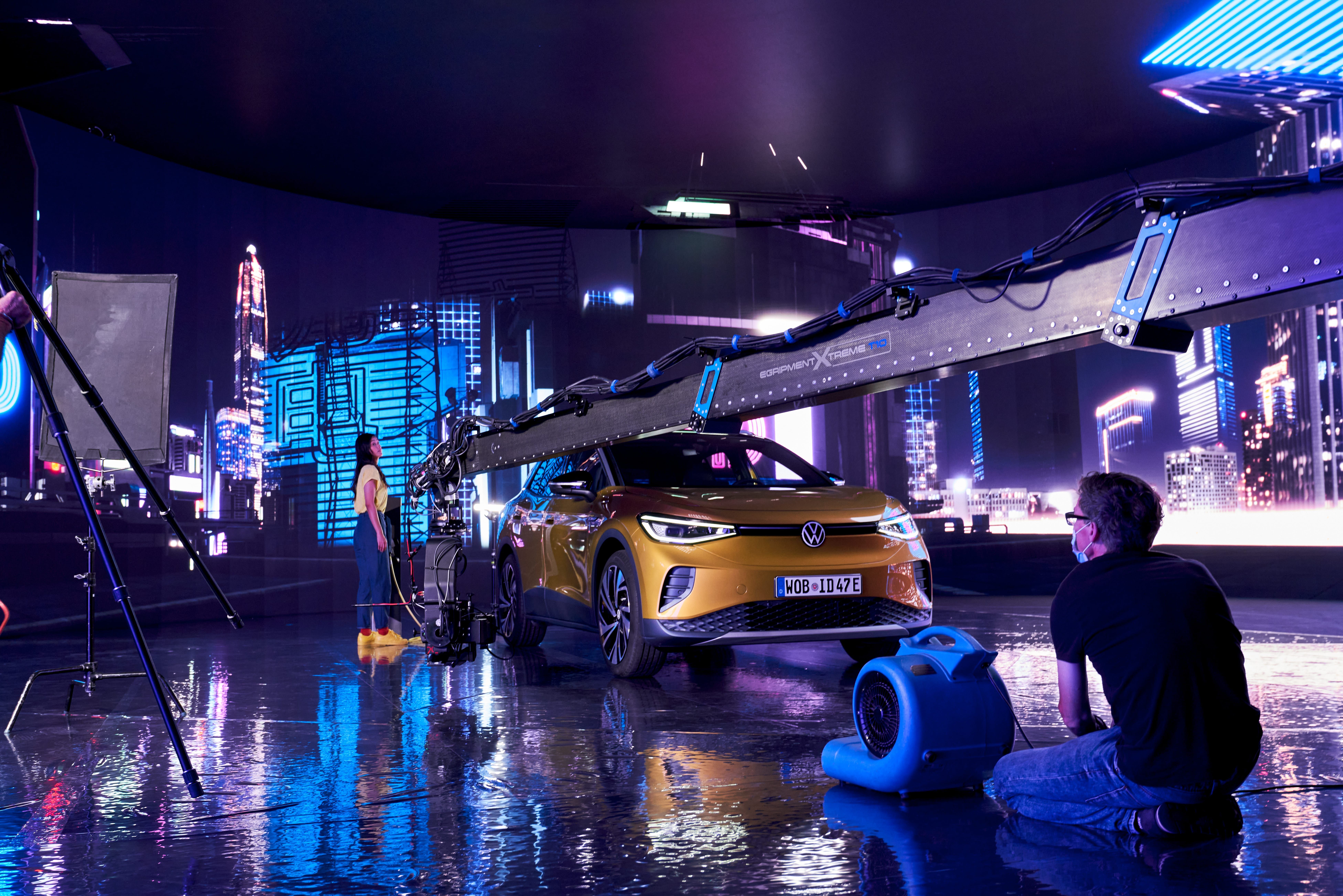2023 is here! Here at CGI.Backgrounds, we’ve worked in the CGI space for nearly 20 years. That gives us a long-term perspective and a unique view on industry trends.
Based on our experience, we have some predictions as to what will change in the world of CGI in the year ahead.
2023 will see new technologies, an increased focus on the environment, and the expanded use of virtual production and CGI techniques in more industries.
Here are three of our key predictions for the CGI industry in 2023.
HDRi Technology Will Continue to Evolve
Camera technologies and rendering tools continue to get better and better. That opens up the possibility of capturing HDRi Environments in ever greater detail and with increasingly powerful capabilities.

These technologies can also capture lighting detail in increasingly powerful ways. Combined with advanced rendering tools like Blender, Maya, or 3DS Max, this allows for the expanded use of powerful Image Based Lighting (IBL) technologies.
IBL makes the job of 3D artists far easier by taking the guesswork out of lighting a scene, allowing creatives to focus on telling a brand’s story instead of focusing on technical details like light, colors and angles.
In 2023, we’ll see the standards for CGI background imagery continue to advance. Our company has been at the forefront of these changes with our Ray.HDR technology.
But across the industry, the resolution of HDRi Maps and Skies will increase, embedded lighting data will improve, and rendering tools will keep evolving to take advantage of HDRi Environments’ ever-increasing power.
More Industries Will Adopt CGI and Virtual Production
Car companies were some of the first adopters of virtual production and CGI rendering techniques . In the automotive industry, companies have used these technologies for years to create lifelike vehicle renderings without sending photographers on-location.
Already, these technologies are making inroads in industries like architectural visualization and product photography. In the media and entertainment space, we’ve seen hit TV shows like The Mandalorian produced in virtual environments.
That trend will continue in 2023, but we’ll also see these technologies begin to impact industries such as fashion and lifestyle photography.
At CGI.Backgrounds, we’ve already begun to work with innovative agencies who are using our HDRi Maps for virtual fashion photoshoots. The creative and environmental benefits (more on that below) of placing a model into a virtual environment are massive, and enlightened fashion brands will start to adopt these technologies even more often in 2023.
We’ll also see more adoption of HDRi Maps and Backplates for applications such as the metaverse, education, and news reporting.
Although new players will enter the space, the automotive industry will continue to use virtual production extensively. Both established companies and new entrants to the automotive space will adopt these technologies.
Because they’re already familiar with the basics of these technologies, we’ll see automotive companies push the boundaries of HDRi Maps in 2023, taking new steps like using real-time rendering to allow customers to interact with 3-D product models on their own terms.
Unity’s Timi is a perfect example of this trend. In 2023, consumers will have more opportunities to preview vehicles in interactive virtual environments before purchasing.
Environmental Impacts Will Become Increasingly Important
Traditional production techniques are often incredibly wasteful. The carbon impact of a traditional large media production can be massive; a single large production can produce as much CO2 as 40+ homes.
As more companies recognize their responsibility for addressing climate change, performing unnecessary on-location photo and video shoots will become less and less desirable.
Because virtual production lets companies cut their climate impact by up to 90% , more companies will begin to implement these technologies for the climate benefits alone.
The overall trend towards ESG investing will accelerate this movement in 2023. More companies are looking for ways to cut their emissions, and virtual production provides an obvious solution.
Not only does it reduce climate impact, but it often reduces costs versus traditional production. Especially with a shaky economy, that will make the technology appealing to a broader set of customers.
Today, sustainability-focused brands use virtual production and CGI technology extensively. In 2023, we’ll see more brands recognize the climate benefits and begin creating their own virtual productions.
Conclusion
As technologies and standards continue to advance, 2023 will be an exciting year for the CGI industry. We’ll see new and better technologies, the use of CGI in more industries, and an increasing focus on the climate.
It’s the ideal time to expand your CGI production capabilities or to explore them for the first time if your company doesn’t use CGI already.
Feel free to reach out if you need help planning the best ways to use these innovative technologies in your own company in the year ahead.
Top

